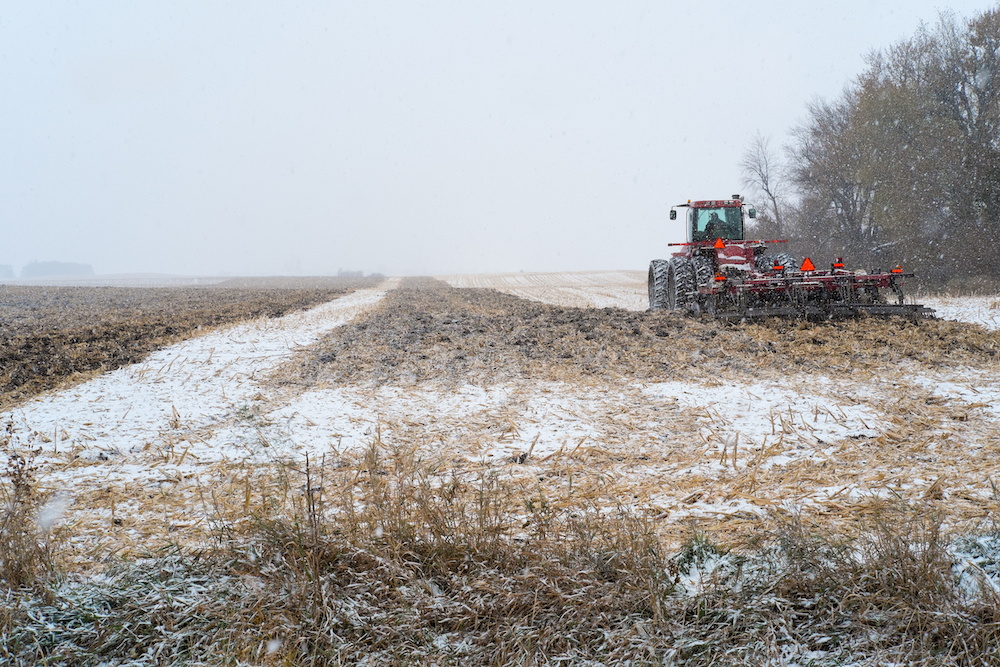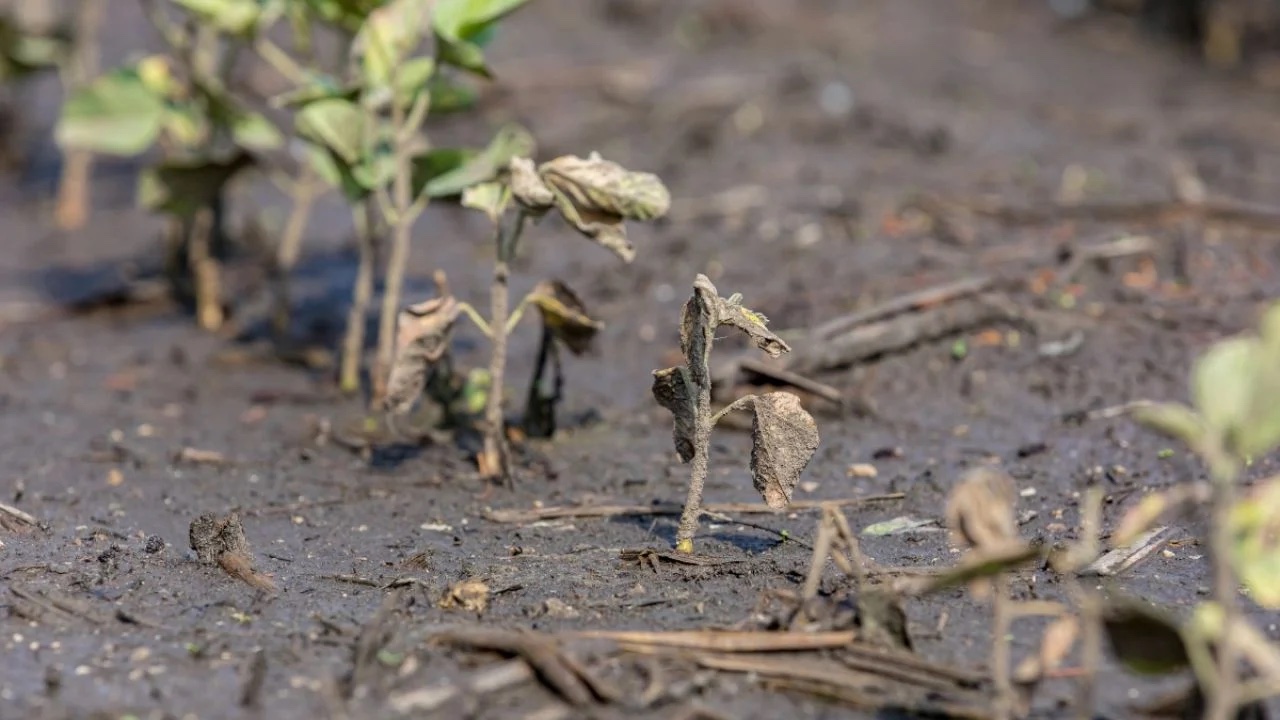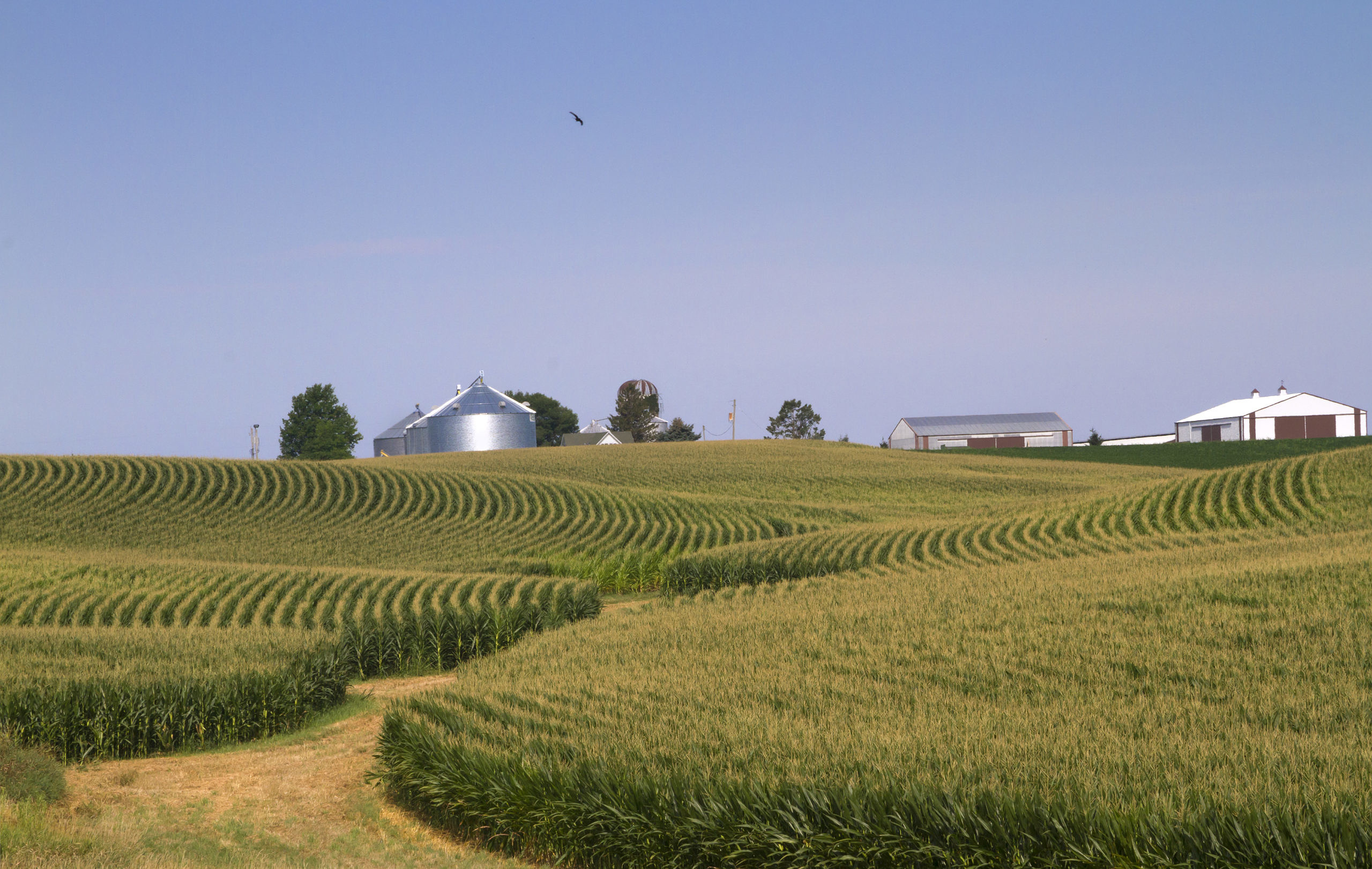Anne Schechinger is Senior Analyst of Economics for the Environmental Working Group. This report first appeared on the EWG’s website.
Overview
- Crop insurance companies and agents received almost $33.3 billion from taxpayers and farmers over the last 10 years.
- Ten of these companies are owned by publicly traded corporations with enormous net worths and massive executive salaries.
- Lowering program delivery payments to companies and agents and other subsidies could save over $1 billion a year, while maintaining a safety net for farmers.
The federal Crop Insurance Program is known for paying billions of dollars every year to farmers when they experience reductions in crop yield or revenue. But the Department of Agriculture program also sends billions of dollars annually – much of it taxpayer-funded – to a small number of crop insurance companies that service the policies. Many of these companies are owned by extremely wealthy, publicly traded global corporations. The program also gives billions of dollars annually to crop insurance agents – a cost that has soared in recent years.
Continue Reading...




